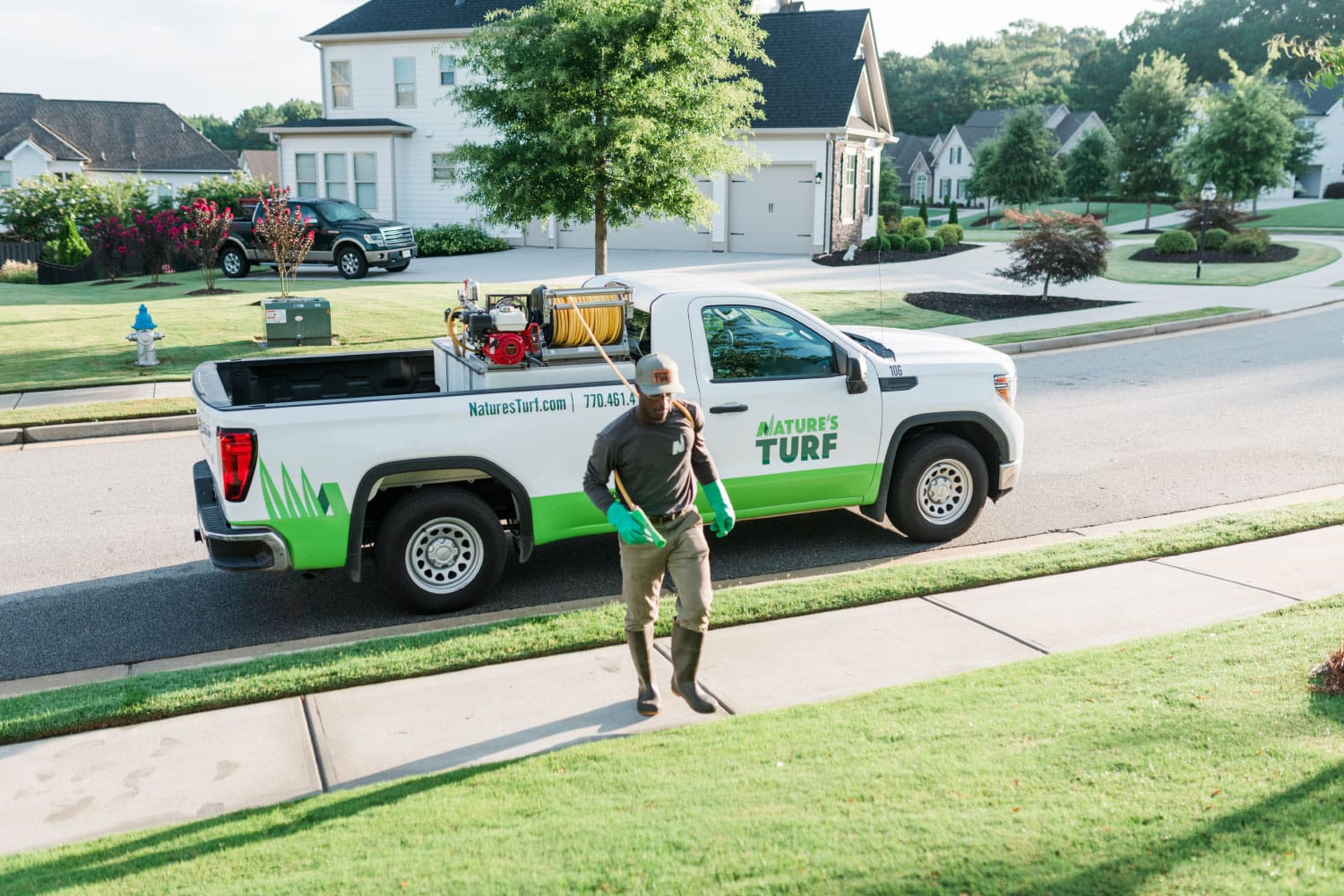It may be August and hot now, but cool temperatures are just around the corner. When temperatures drop in the fall, the pests in our yards start seeking a place to overwinter—or worse, a place to thrive for the duration of winter. To the insects outside your home, your house seems like the winter equivalent of an oasis in the middle of a desert, especially if conditions are met for them to get inside, find something to drink, and grab something to eat. Here are the 5 best ways to keep those insects outside your home for the fall and winter.
1. Clean up Debris in Your Yard
When outside in your yard, pests need an environment conducive to life and reproduction. This means they need harborage, moisture, and a food source. This looks different for all sorts of insects, spiders, arthropods, and even mammals.
Piles of leaves, wood, and even rubbish can provide these survival requirements for various pests, putting them within striking distance of your home when conditions outside are no longer ideal. Cleaning these areas isn’t only good for making your yard more beautiful, but it also keeps these critters at a distance.
2. Seal Cracks in Your Siding, Window Sills, and Door Jambs
When pests are on the move, they have to be able to get in. To make this difficult, you need to inspect your structure with a fine-toothed comb. Insects and spiders are small. It only takes a crack, and they’re inside.
You can use sealants to fill cracks, while more substantial work may be required to seal large gaps in windows and doors. Also, be sure to address holes in vent screens for crawl spaces and attic spaces and gaps in structural components to make sure rodents can’t enter.
3. Deep Clean to Remove Food Sources and Seal Food Containers
Insects can survive on crumbs and food trash. Deep cleaning, especially behind appliances used for cooking, is important to remove these unintentional food sources. You should also make sure your food stores are in sealed containers, not easily accessible by insects or rodents.
Other pests munch on cardboard, paper, the glue in book bindings, and other stored items. Reduce clutter and control the climate to limit these food sources as well.
4. Remove Sources of Moisture
Insects, arachnids, arthropods, and rodents have small bodies. This means they require a constant source of moisture. While you may not think you have leaks, you could have minor leaks and in unexpected places. Perform a careful inspection of the plumbing you don’t regularly see. Even the smallest amount of moisture can be sufficient to sustain a population of insects.
Check your crawl space, basement, and beneath your sinks, and make sure that your faucets don’t drip to reduce the amount of easily accessible moisture.
Lastly, make sure you don’t have cardboard boxes or other porous materials stored in spaces in your home that may be humid and damp. Not only are these materials conducive to mold and mildew, but they can also harbor moisture that unintentionally provides food and water to some populations of pests.
5. Get Nature’s Turf’s Structural Pest Control Services
Partnering with an experienced and committed pest professional has many benefits: we carefully and expertly apply the correct control products to create a barrier that thwarts crawling insects, arachnids, and arthropods. If they’ve already found their way inside, our pest professionals can identify the pest and strategize control methods.
While establishing service, our pest professionals at Nature’s Turf will perform a thorough inspection of your property and structure. They will note and inform you of any vulnerabilities so you can address them before they accidentally let in an unwanted guest.
If you’re interested in our pest services, call us at 678-831-6343 or email us at info@naturesturf.com to be connected with one of our knowledgeable pest professionals.








